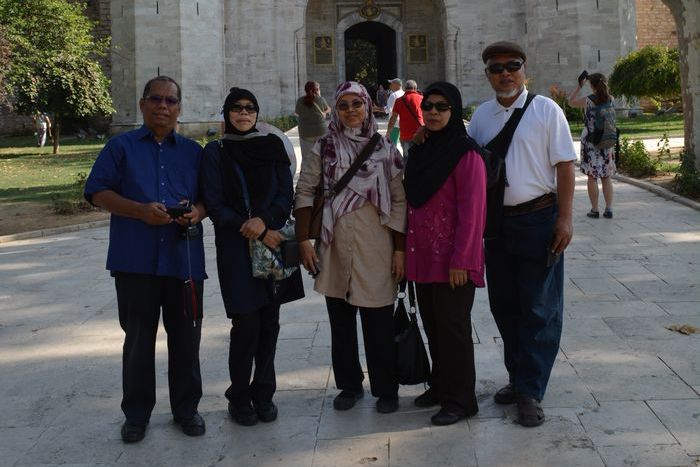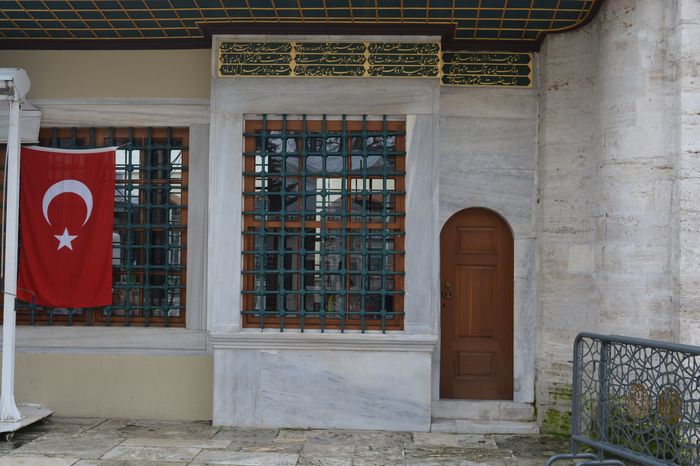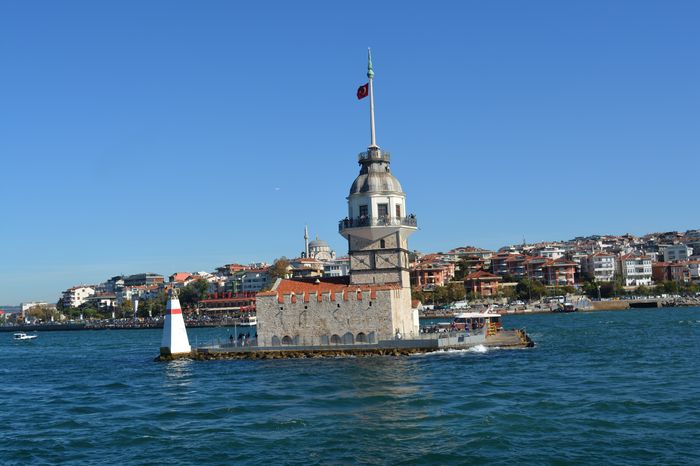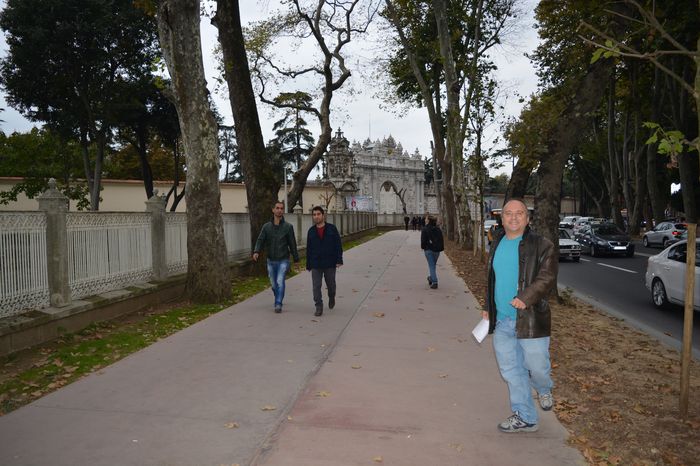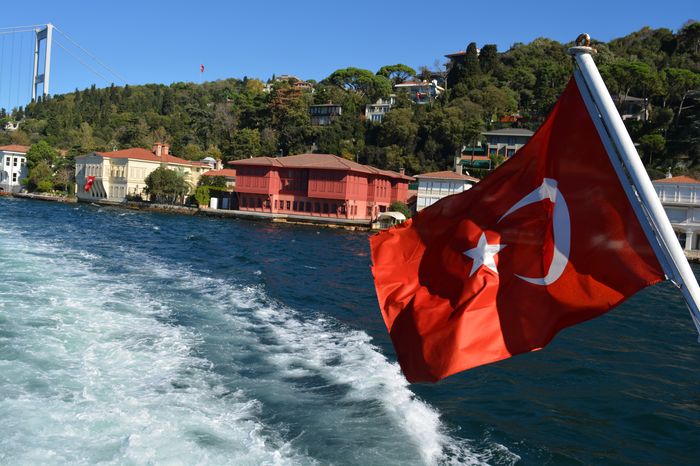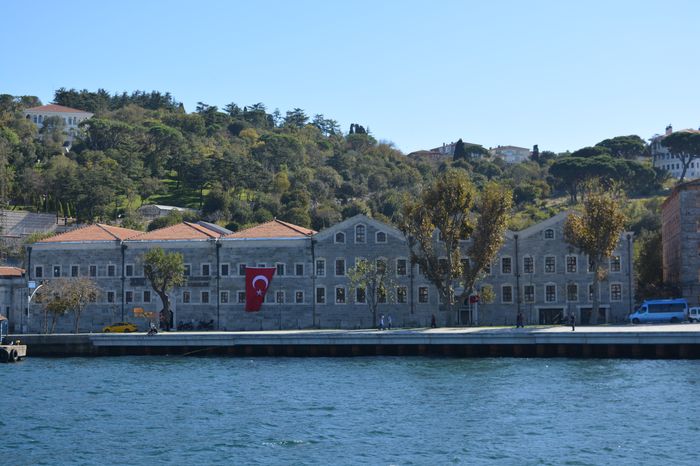“I shall not ask you to go inside, Tribune. My daughter and I will be perfectly safe.”
“I must not leave your presence,” Constantine said firmly. “My orders are to guard you at all times.”
The building was a converted dwelling, in which the walls between several rooms had been tom away to form a fairly large meeting chamber, very much like the one Constantine had seen at Dura on the Euphrates. Nor was he surprised to see on the walls many of the same sort of paintings, depicting the man the Christians worshiped as a shepherd, as a sower of seed and, in a scene which seemed to be typical of all such paintings, rising from his sepulcher.
Empress and her daughter
A venerable man with a long beard, wearing the robes of a priest and a sort of high headdress Constantine had never seen before, came to greet the Empress and her daughter. The service had already begun and the meeting room was almost filled with people, sitting upon benches and listening to a younger priest, who stood behind the lectern or pulpit on the raised dais across the far end of the room. He was reading to the rapt audience from a small scroll that was open before him on the lectern. And so intent were the audience upon his words that there was hardly any stir when the Empress and her daughter, followed by Constantine, took a seat on one of the back benches.
Constantine was startled to realize that he already knew the speaker. It was Eusebius Pamphilus, whom he had last seen at Caesarea somewhat over a year before.
“Finally, my brethren,” the priest read, “be strong in the Lord and in the power of his might. Put on the whole armor of God that you may be able to stand against the wiles of the devil. For we do not wrestle against flesh and blood, but against principalities, against powers, against the rulers of the darkness of this world, against spiritual wickedness in high places.
Read More about Nubian slaves Diocletian
